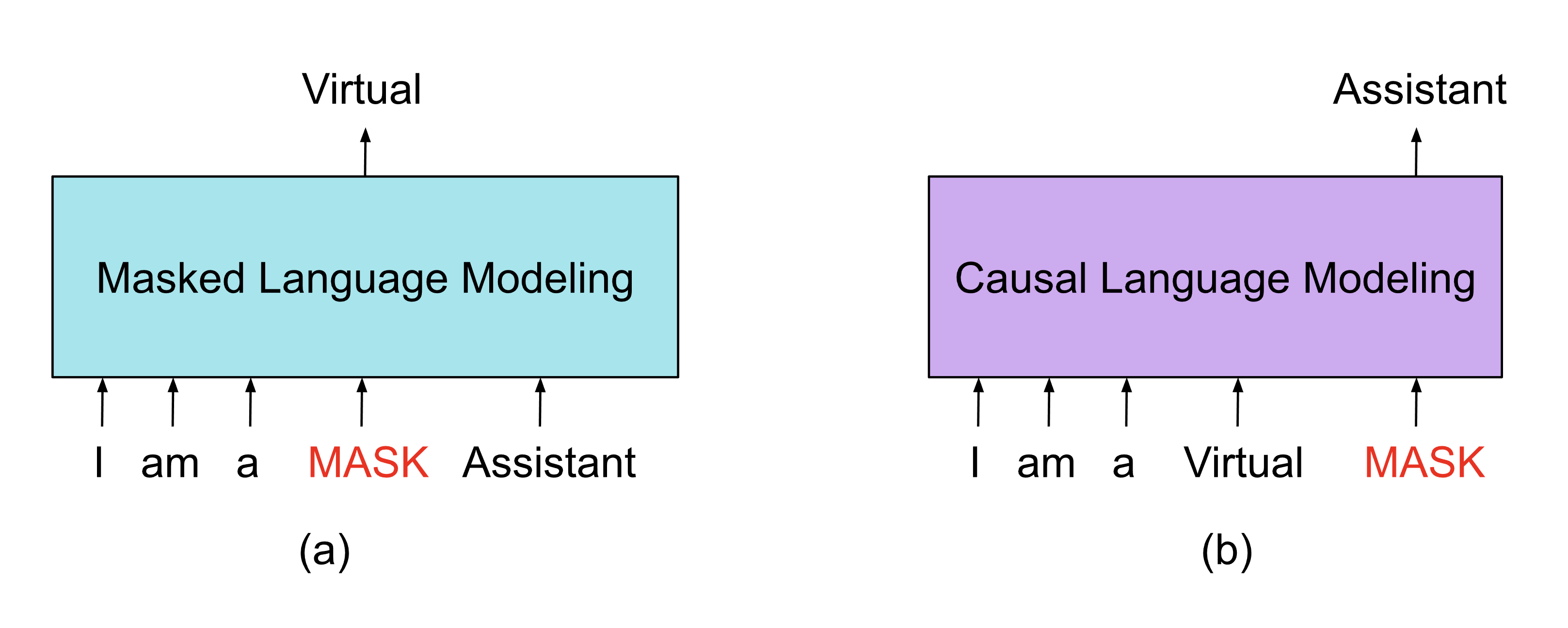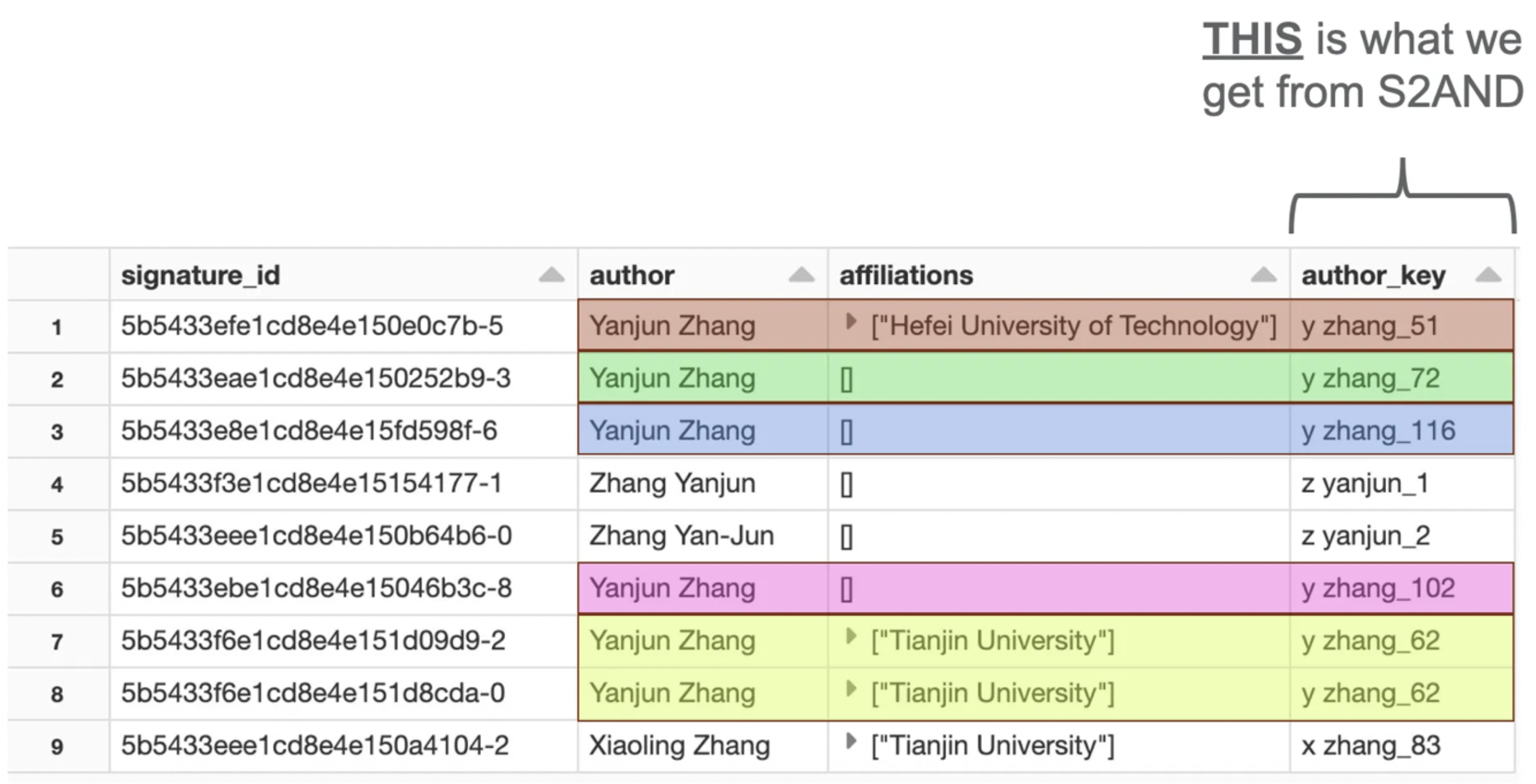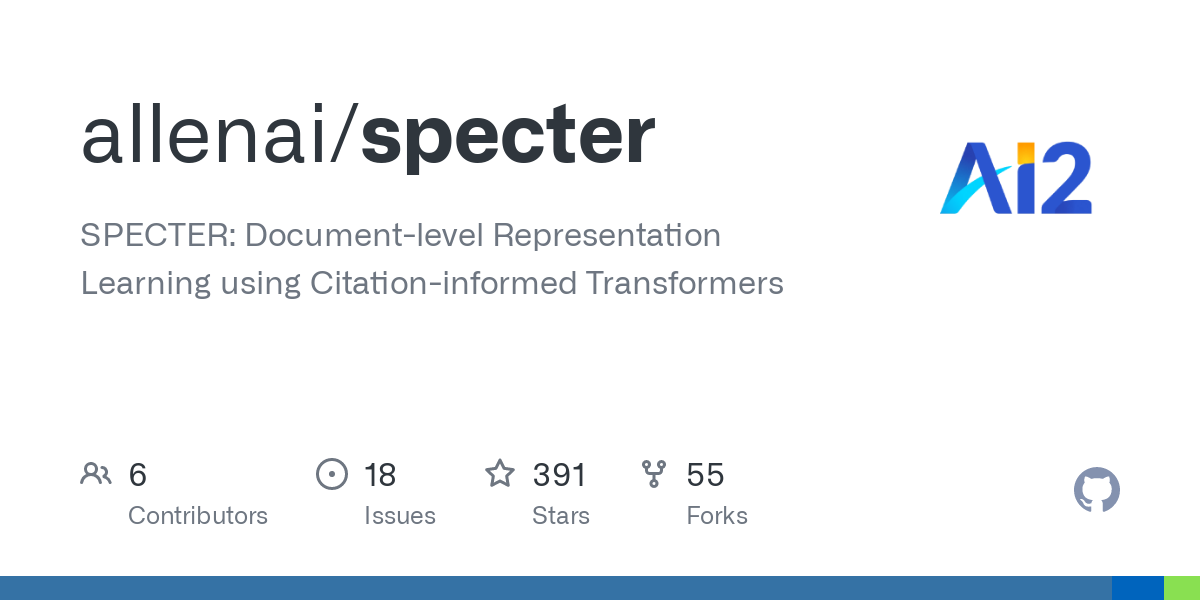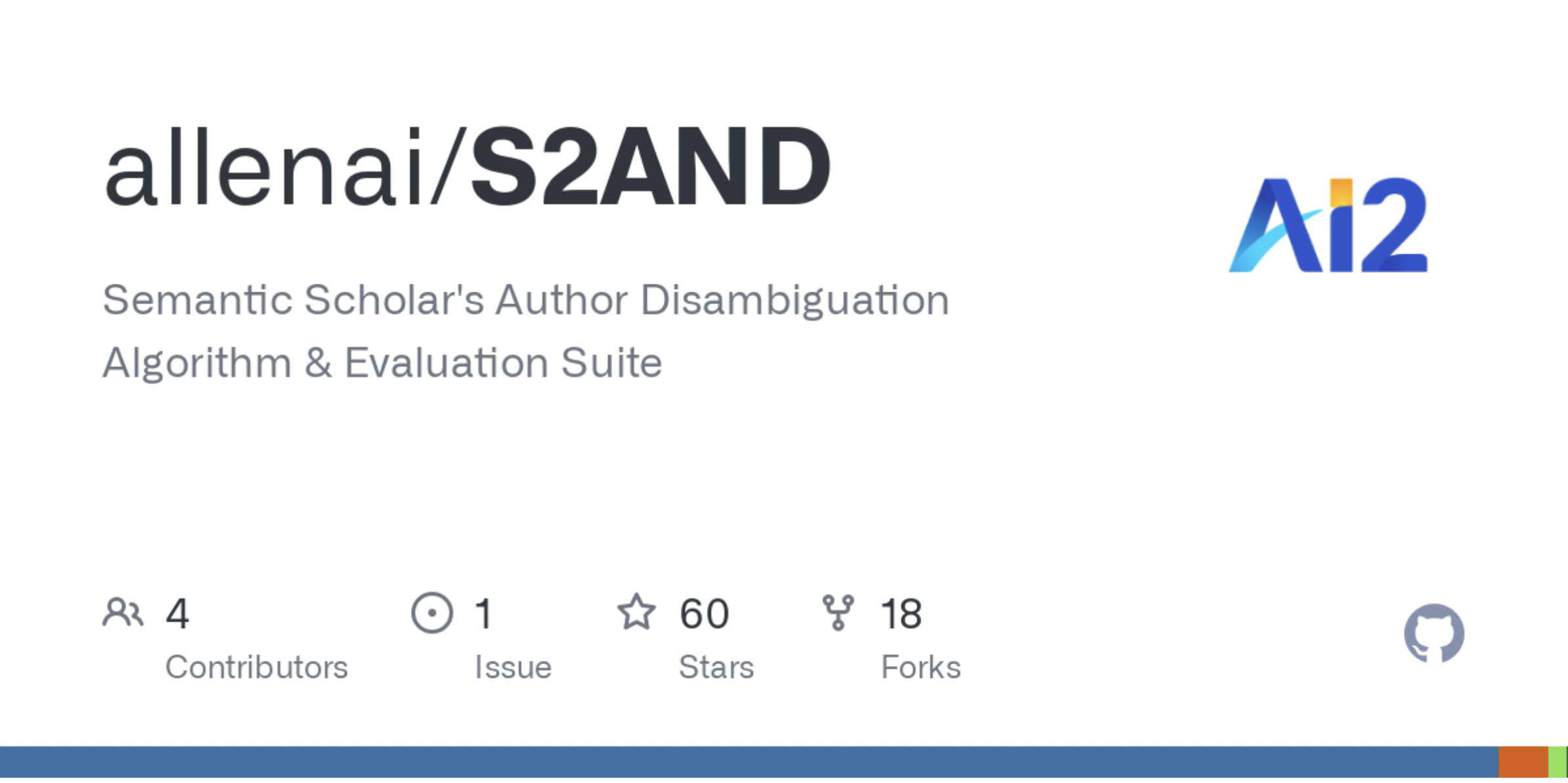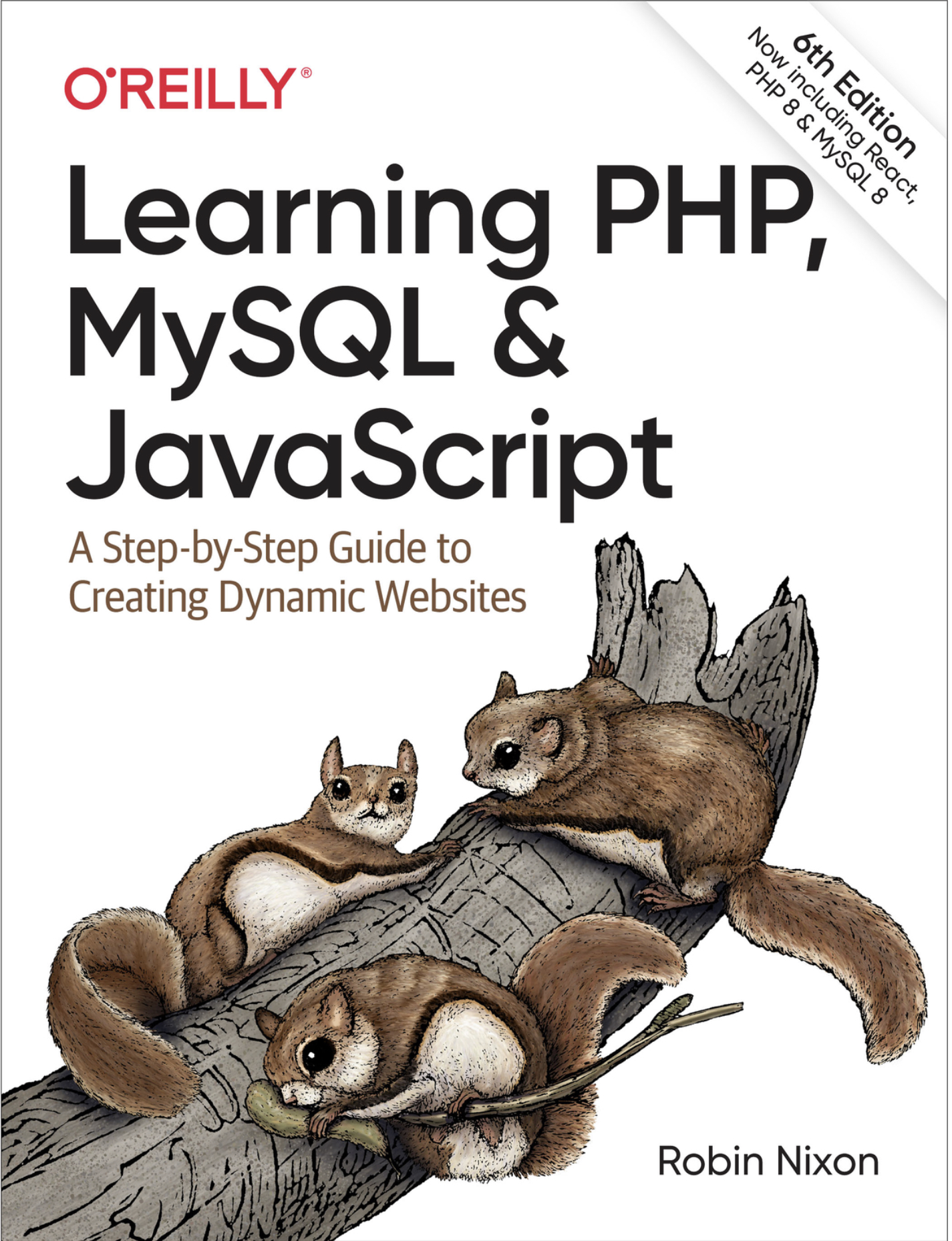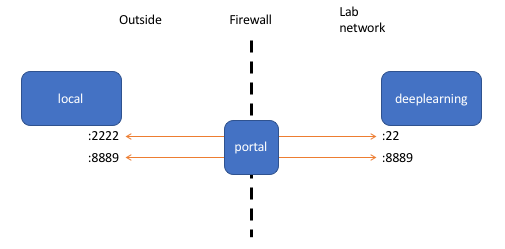Sixth Edition, By Robin Nixon
Chapter 1: Introduction to Dynamic Web Content HTTP is a communication standard governing the requests and responses that are sent between the browser running on the end user’s computer (client) and the web server (server).
Chapter 2: Setting Up a Development Server A developer server is simply localhost testing.
Chapter 3: Introduction to PHP Chapter 4: Expressions and Control Flow in PHP Chapter 5: PHP Functions and Objects Chapter 6: PHP Arrays Chapter 7: Practical PHP Chapter 8: Introduction to MySQL Chapter 9: Mastering MySQL Chapter 10: What’s New in PHP 8 and MySQL 8 Chapter 11: Accessing MySQL using PHP Chapter 12: Form Handling Chapter 13: Cookies, Sessions, and Authentication Chapter 14: Exploring JavaScript Chapter 15: Expressions and Control Flow in JavaScript Chapter 16: JavaScript Functions, Objects, and Arrays Chapter 17: JavaScript and PHP Validation and Error Handling Chapter 18: Using Asynchronous Communication Chapter 19: Introduction to CSS Chapter 20: Advance CSS with CSS3 Chapter 21: Accessing CSS from JavaScript Chapter 22: Introduction to jQuery Chapter 23: Introduction to jQuery Mobile Chapter 24: Introduction to React Chapter 25: Introduction to HTML5 Chapter 26: The HTML5 Canvas Chapter 27: HTML5 Audio and Video Chapter 28: Other HTML5 Features Chapter 29: Bringing it All Together
